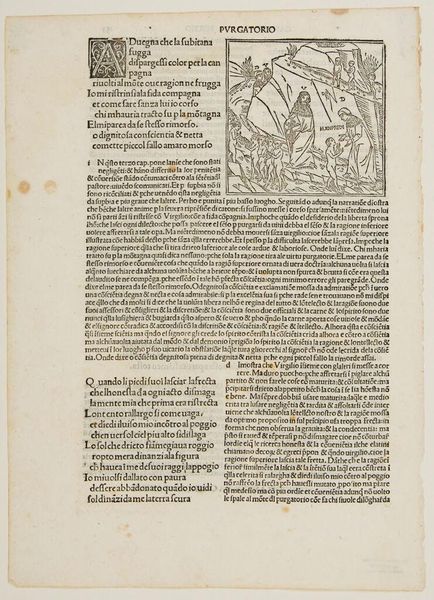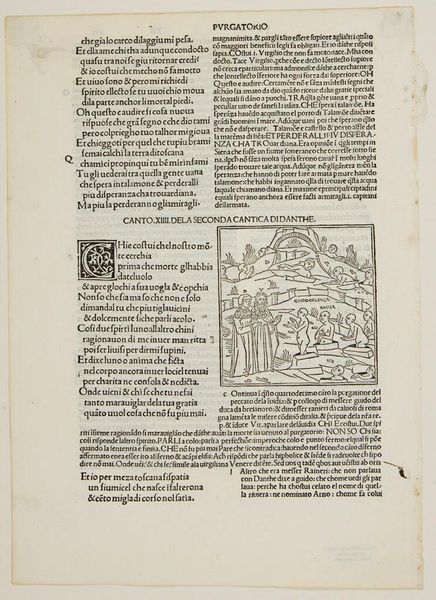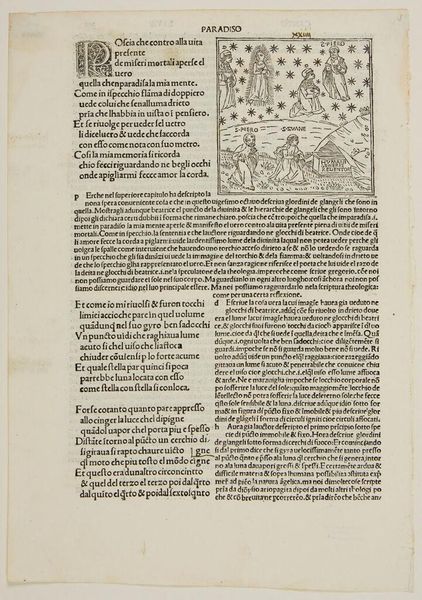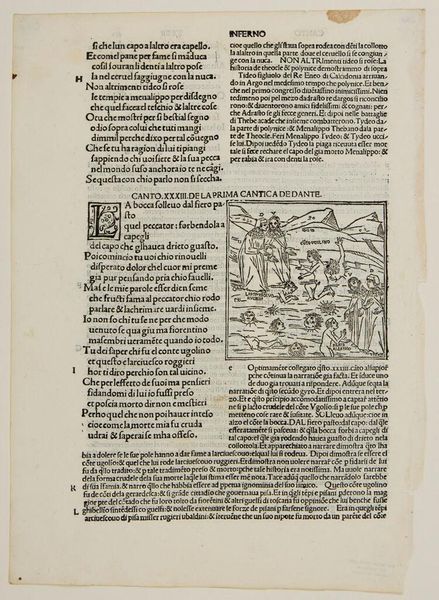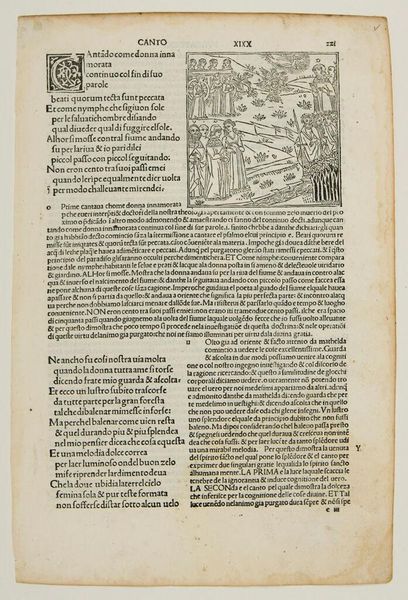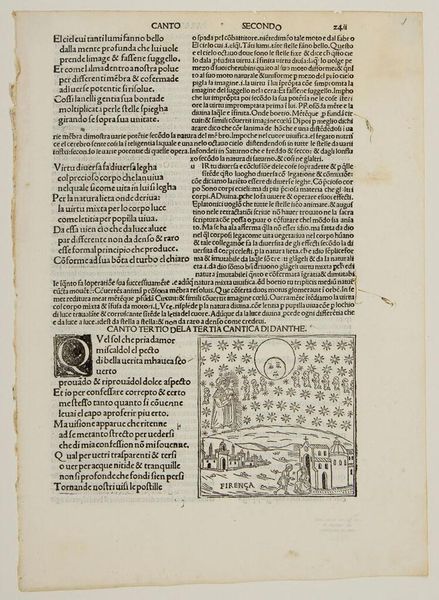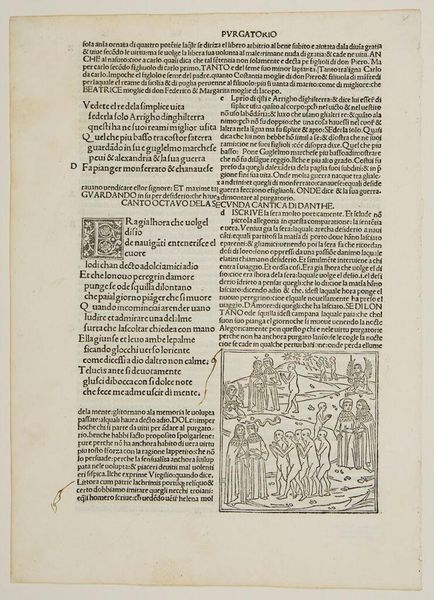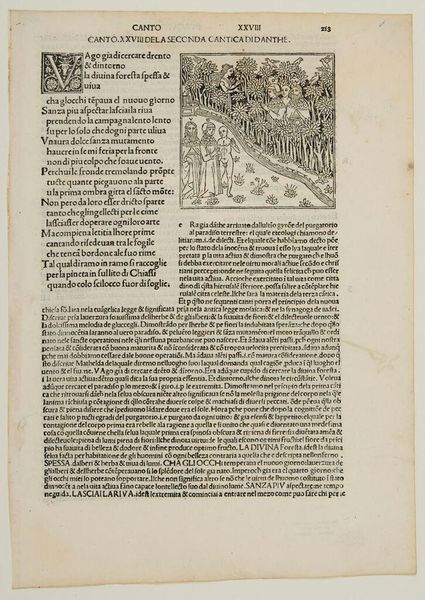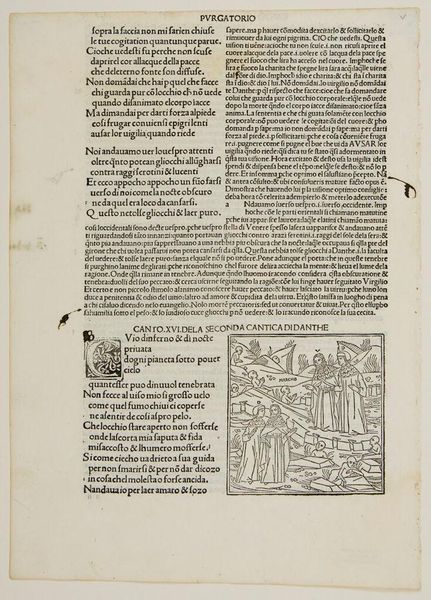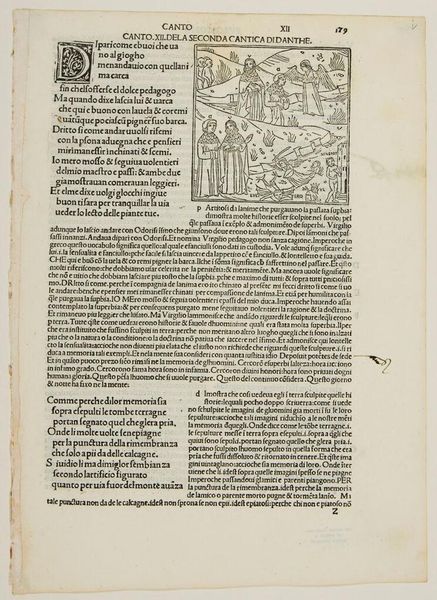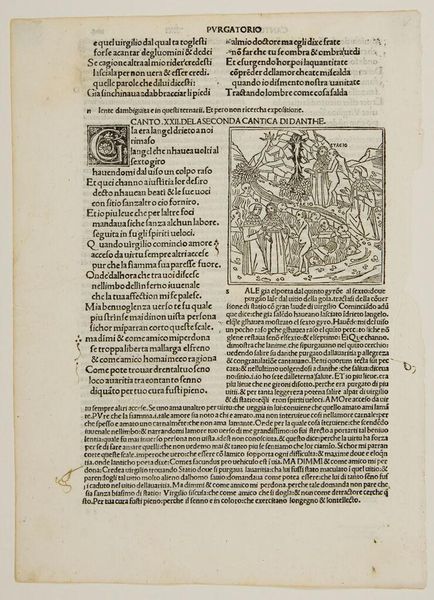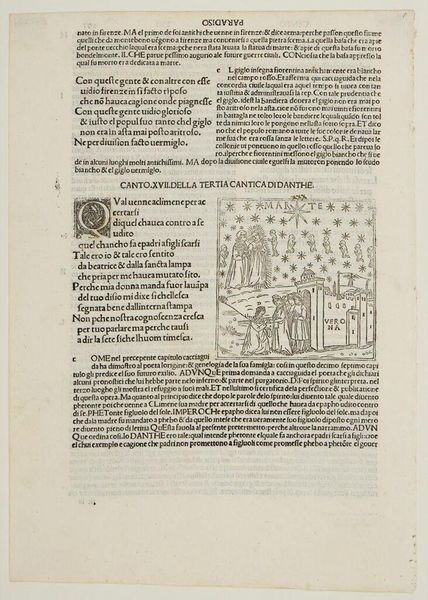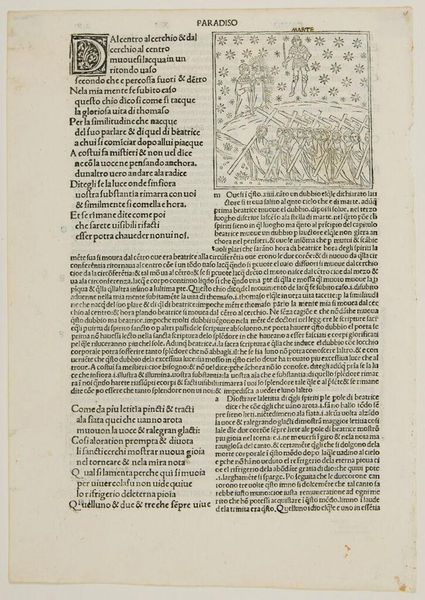
Canto VI. Ante-Purgatory / The Second Ledge; The Late Repentant; Class 3 - Those Who Died by Violence; Sordello c. 15th century
0:00
0:00
Copyright: CC0 1.0
Editor: Here we have an anonymous woodcut, "Canto VI. Ante-Purgatory" from around the 15th or 16th century, depicting a scene from Dante's Purgatorio. The figures are fascinating, but the overall effect is somewhat static. What historical context illuminates this image for you? Curator: As a historian, I see this not just as an illustration, but as a reflection of the socio-political landscape of Dante's time. The rigid composition and the idealized figures speak to the power structures of the era. Do you notice how the figures are arranged and what that might suggest about hierarchy? Editor: I see a clear separation between the foreground and background figures. Perhaps that alludes to different classes or levels of importance within Dante's world? Curator: Precisely. And consider the medium: woodcut. It was a relatively accessible method of image production, meaning this scene from Dante could reach a wider audience, shaping their understanding of the afterlife and societal order. What does that tell us about the public role of art at the time? Editor: That art wasn't just for the elite, but a tool for disseminating ideas and perhaps even reinforcing social norms. I hadn't thought about it that way before! Curator: Exactly. It's crucial to analyze the image in the context of its production and reception to truly understand its significance.
Comments
No comments
Be the first to comment and join the conversation on the ultimate creative platform.
